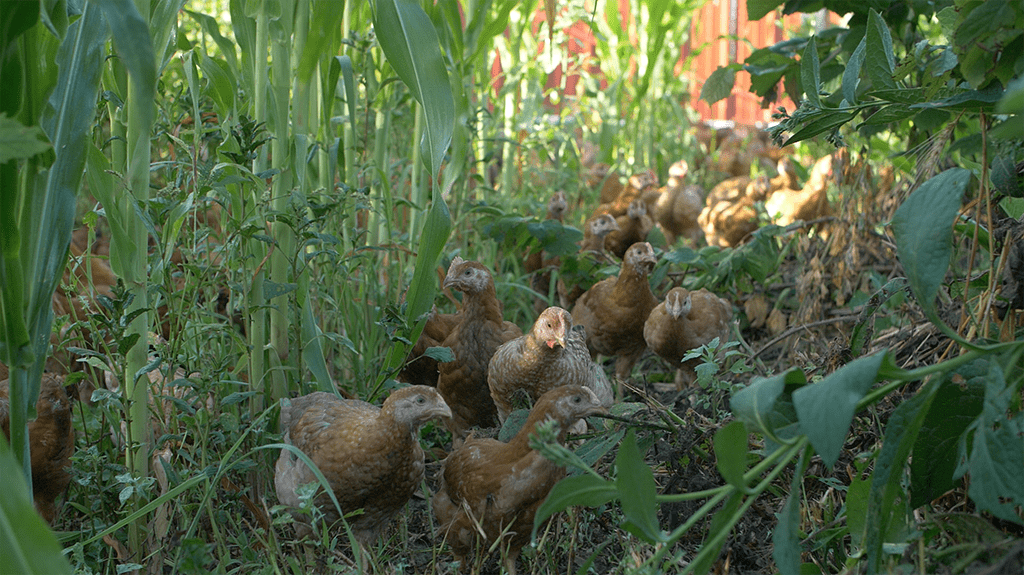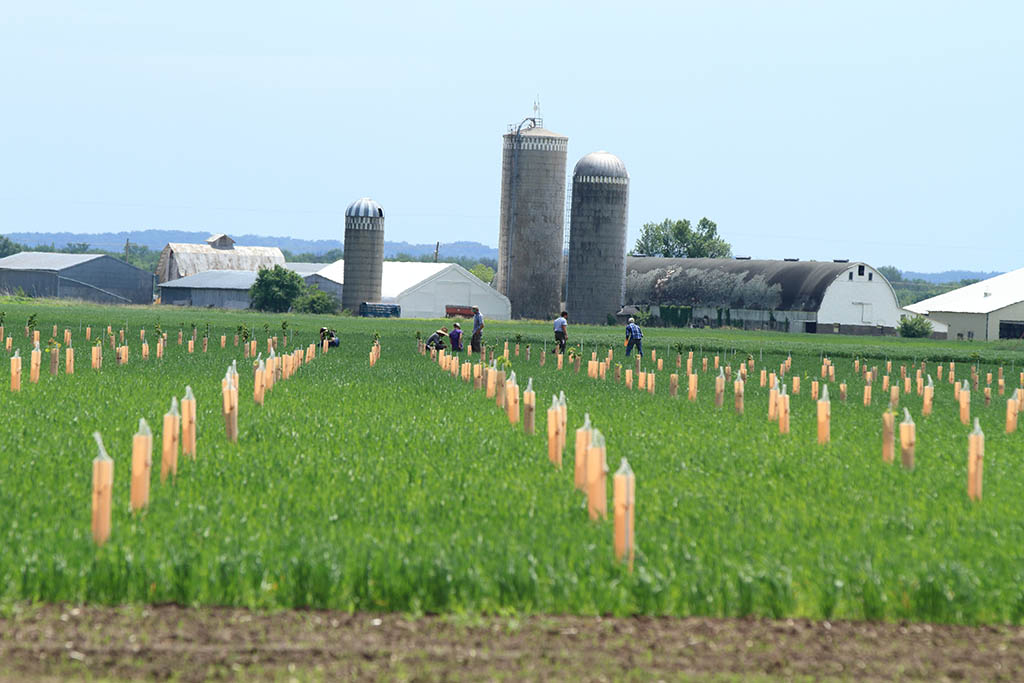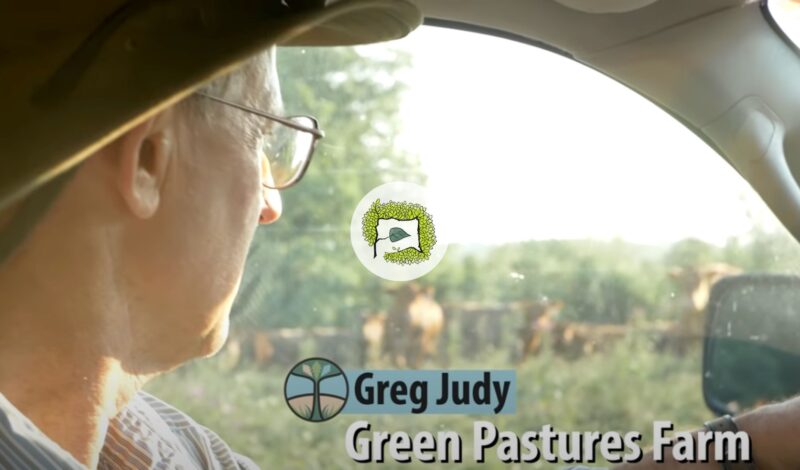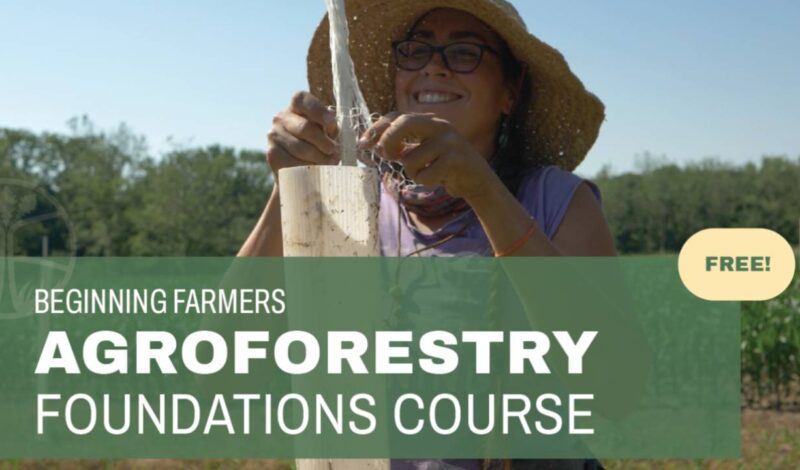Integrating livestock and crops requires food safety precautions
If properly managed, livestock can be vital to making farms function as healthy ecosystems. In a silvopasture system, livestock help clear weeds, control insects and pests, scratch and dig to prepare ground for planting, spread and cycle nutrients through excretion, and clean up fallen nuts and fruits. Any farmer who integrates livestock into their farm system must ensure they are not compromising the health and safety of their customers. Common sense precautions and food safety guidelines help you minimize risk. Our resources, available in English, Spanish and Hmong, walk you through US food safety guidelines for grazing animals in food systems.


RESOURCE
Food Safety Guide
Managing Food Safety Liability Risks When Integrating Livestock with Specialty Crops
Download the guide to learn more.
- Top 3 steps to reduce legal liability for food crops in agroforestry systems
- Action steps for achieving regulatory consensus for food safety concerns in agroforestry systems
- Examples of how food safety rules apply to farms integrating specialty crops and livestock

One-On-One Support for Farm Planning
Technical Service Program
Get help planning your perennial farm system. Our Technical Service Program is here to guide you through the process of planning, funding, and planting trees on your farm.




